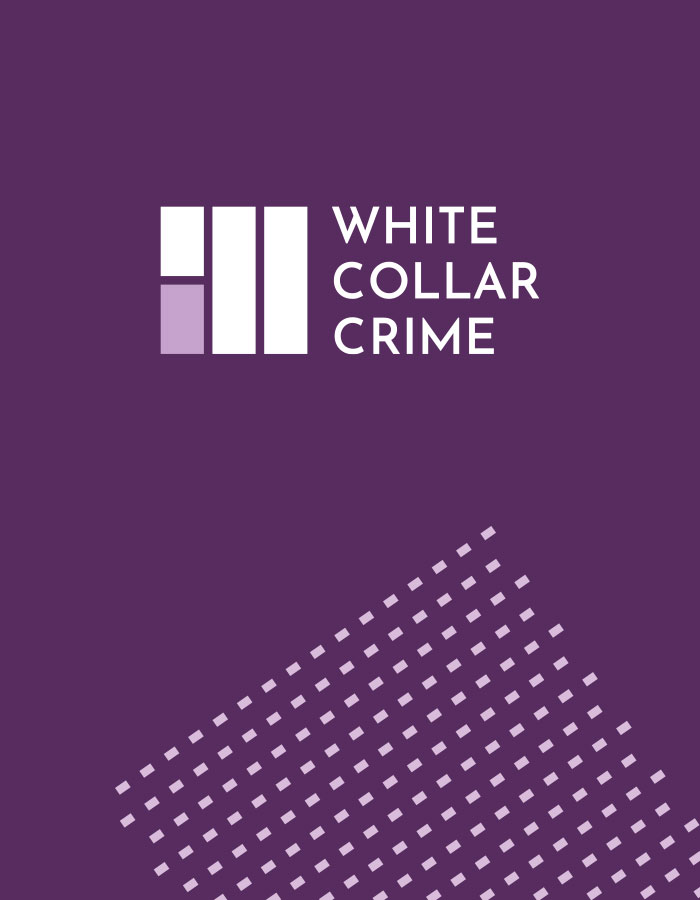Speed read: The first of two part awareness update outlining financial crime law reform in Australia. Following the news of Commonwealth Bank of Australia’s money laundering scandal, Natasha Reurts provides an overview of the money laundering regulatory shake-ups currently underway in Australia.
In March 2017, the highest ever civil penalty in corporate Australian history was ordered against Tabcorp, an Australian gaming company. The record A$45 million civil penalty was said to serve as a stark reminder of the anti-money laundering and terrorist financing reporting requirements placed on obliged entities and consequences for non-compliance with the Anti-Money Laundering and Counter-terrorism Financing Act 20026 (Cth) (‘the Act’). [1] A short few months later and rumours are circulating that another, even bigger, fine could imposed on another well-known Australian corporation. What does this signal for the future of anti-money laundering law and enforcement in Australia and can any discernible trends or themes be drawn as we examine the raft of government proposals seeking to tackle financial and other white collar crimes in corporate Australia?
Money Laundering: The Commonwealth Bank ‘Laundromat’
On 3 August 2017, the Australian Transaction Reports and Analysis Centre (AUSTRAC), often termed the ‘white-collar crime watchdog’, filed civil proceedings in the Federal Court of Australia against Australia’s largest commercial lender, the Commonwealth Bank of Australia (‘CBA’). AUSTRAC’s statement alleges that on 53,700 occasions CBA’s intelligent deposit machines (‘IDMs’), an anonymous cash and cheque deposit facility, breached Australian anti-money laundering and terrorist financing laws by allowing criminals, such as drug dealers, to launder monies between November 2012 and September 2015. [2] Following AUSTRAC’s filing, the prudential regulator, the Australian Prudential Regulation Authority (‘APRA’) and corporate regulator, the Australian Securities and Investment commission (‘ASIC’) announced independent inquiries.
AUSTRAC’s claim hinges on CBA’s failure to comply with its Joint Anti-Money Laundering and Counter-Terrorism Financing Program, a statutory requirement of the Anti-Money Laundering and Counter-Terrorism Financing Act (Cth) 2006, in not carrying out a risk assessment in response to the exponential increase in the use of IDMs and, in consequence, implementing appropriate risk based systems to mitigate the higher money laundering and terrorist financing risks faced by the IDM service. Moreover, CBA failed to report, within the required timeframe specified in the Act, 53,506 threshold transaction reports for deposits made through IDMs over A$10,000.00 representing a total value of A$624.7 million.
The complaint filed by AUSTRAC makes for startling reading. CBA’s IDMs could accept up to 200 notes per deposit, i.e. A$20,000, and no limit was imposed on the number of transactions a depositor could make per day. Funds channelled through IDMs were immediately credited to the nominated recipient account. Although deposits could only be credited to CBA account holders, deposits could be made by customers of any Australian financial institution and as such, the identity of the creditor was unknown to CBA and the requirement to collect or report the depositor’s details for the threshold transaction reports went unascertained. Following transfer to the targeted account, the funds became immediately available for onwards transfer to domestic or international accounts. Many of the suspected money laundering transactions occurred by way of structured cash deposits, i.e. depositing sums of cash just under the threshold transaction limit in order to avoid triggering CBA’s obligation to submit a threshold transaction report. In one of the alleged money laundering syndicates identified, AUSTRAC’s statement reveals that from late 2014 to August 2015, approximately A$20.59 million, mostly in cash, was deposited, a majority of them in a structured fashion, through the IDMs into 30 CBA bank accounts of which 29 were in fake names. [3] Approximately A$20.56 million of this money was then transferred offshore. AUSTRAC’s filed statement reports that in relation to this activity, two individuals were formally charged and convicted of dealing with the proceeds of crime and structuring offences.
CBA is said to have contravened provisions of the Act on 53,700 separate occasions. The offended provisions are civil penalty provisions which are punishable by a maximum penalty of A$18 million per contravention (the civil penalty provision increased to A$21million on 1 July 2017). If each of the 53,700 occasions were to attract a penalty of A$18 million, the total fine would pale in comparison to Tabcorp’s fine and surely reignite discussions on the meaning of ‘too big to fail’.
The recent regulatory action and investigation by AUSTRAC into Tabcorp, and now CBA, are not only demonstrative of AUSTRAC’s high expectations for money laundering and terrorism financing risk assessments and reporting obligations but indicative of the increased seriousness with which Australian enforcement authorities regard corporate wrongdoing. The Australian landscape is constantly changing, specifically as regards money laundering, bribery and corruption and owing to the large number of legislative proposal currently being discussed, it is important the companies affected remain ahead of the curve.
Money Laundering Reform
On 17 August 2017, Justice Minister Michael Keenan announced the introduction of legislation aimed at strengthening the Australian money laundering and terrorist financing regime. [4] The announcement and introduction of the Bill is said to represent the first tranche of law reform in this area following extensive and lengthy consultation.
The newly introduced Bill, the Anti-Money Laundering and Counter-Terrorism Financing Amendment Bill 2017 (Cth), [5] aims to: close the regulatory gap of digital (virtual) currencies by bringing the providers of these products under the supervision and remit of AUSTRAC; create a digital currency exchange register; strengthen the investigation and enforcement powers of AUSTRAC and simultaneously increase the search and seizure powers of police and customs officers at the Australian border.
Of the proposed reforms, the move to regulate digital currencies, like Bitcoin, is of interest and mirrors similar proposal in Japan, where alternative coin exchanges or money transfer business come under the regulatory supervision. [6] In deciding to regulate the currency, Japan has officially recognised Bitcoin as legal tender. Without doubt, the similar move by the Australian government bolsters the recognition of Bitcoin and other digital currencies as influential payment methods and solidifies their presence in the financial market as a new technology that criminals may seek to exploit for nefarious purposes.
Following consultation with industry experts, the Bill also seeks to deregulate low risk industry sectors, such as the cash-in-transit sector, where the money laundering and terrorist financing risk has been deemed almost negligible and where Australian state and territory licensing requirements duly address regulatory concerns.
The above mentioned proposals are but one area of legislative reform, or consultation, in the Australian white-collar crime space. The next article in this two part awareness update discusses the financial crime reform currently under consultation in Australia in relation to bribery and corruption, the proposed introduction of deferred prosecution agreements and a Modern Slavery Act.
[1] AUSTRAC, “Record $45million civil penalty ordered against Tabcorp” (16 March 2017) available at: http://www.austrac.gov.au/media/media-releases/record-45-million-civil-penalty-ordered-against-tabcorp
[2] The statement filed by AUSTRAC suggest that approximately AUD$8.91billion in cash was deposited through the CBA IDM facility before CBA conducted any assessment on the money laundering or terrorist financing risk associated with the facility. (See paragraph 6 of the statement filed in civil proceedings dated 3 August 2017).
[3] Concise Statement filed by AUSTRAC on 3 August 2017 at paragraph 15 ff.
[4] The Honourable Michael Keenan MP (Minister for Justice), “Crackdown on Money Laundering and Terrorism Financing” (Media Release, 17 August 2017) available at: https://www.ministerjustice.gov.au/Media/Pages/Crackdown-on-money-laundering-and-terrorism-financing-17-august-2017.aspx
[5]Anti-Money Laundering and Counter-Terrorism Financing Amendment Bill 2017 (Cth), available at https://www.legislation.gov.au/Details/C2017B00166
[6] Leo Lewis, ‘Japan Eyes Prize in Regulating Bitcoin’ (Financial Times Online, 16 May 2017) available at: https://www.ft.com/content/f102c906-3a23-11e7-821a-6027b8a20f23







